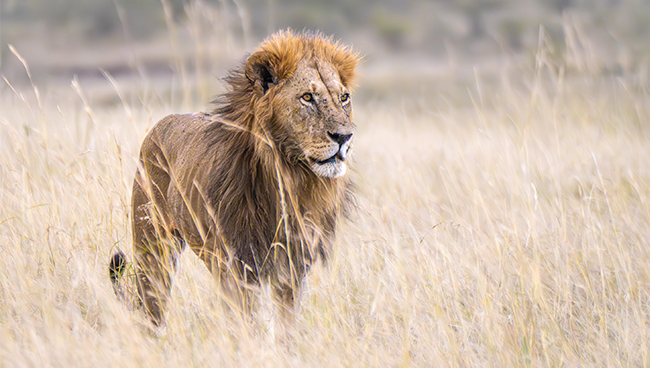
With all the AI wizardry in today’s cameras like the LUMIX G9II, it’s getting harder and harder to take a bad photo. And if you somehow do, fixing it up later is easier than ever. Heck, you don’t even need to take a photo—just describe the shot to an AI image generator, and out comes an image that rivals what most photographers could hope to capture in a lifetime of patience, luck and skill.
So, where’s the satisfaction? Is it getting too easy? Is AI killing photography?
Well, if photography for you was about proving technical skill, then maybe. No one is impressed by sharp focus or correct exposure anymore, and if your photo is truly exceptional, people these days assume it’s fake anyway. But with ego deflated, we can focus on what’s really rewarding: creating images that show hidden beauty, capture perfect memories, or reveal details of the world that might otherwise go unnoticed. When technology removes barriers to doing this, it’s a win—work smarter, not harder.
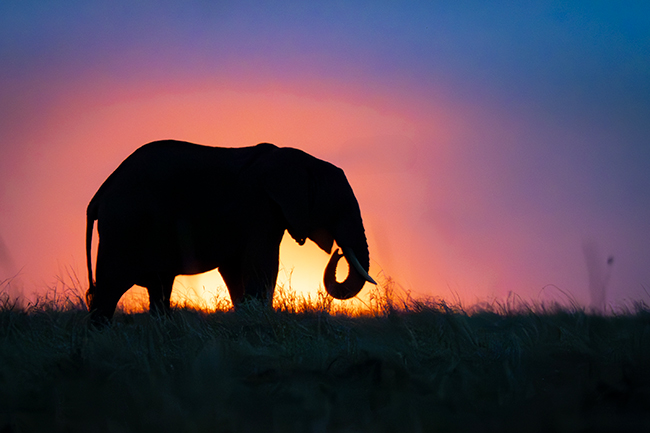
Flicking through an old wildlife photography book the other day – all shot on low ISO film with manual focus – it was eye-opening just how poor the images seemed. Blurry, under-exposed, soft. Today, many of us would have deleted half of them. Technology has raised the bar of our expectations enormously; however, it actually didn’t matter much: it was the moment captured which still made those photos beautiful.
With modern cameras alleviating the burden juggling settings, we’re free to concentrate on the real magic of composition, timing and lighting, which remain under our creative control, and lie at the heart of all great photos.
On my Kenya photo tours, I always encourage guests to shoot from a lower angle through the window of the safari vehicle rather than from the pop-top roof. Photographing wildlife from their eye level creates a much more intimate feel. Lowering the camera down out the window exaggerates the subject—like an elephant—making it seem even larger than life. The arrival of fold-out LCD screens was a big help with this, but focusing was still a gamble: too large an autofocus region and it’d lock onto the wrong thing, too small and it was hit or miss. Now, with animal recognition and eye detection on the LUMIX G9II, if the elephant is vaguely in frame, the focus snaps straight to its eye like a fly to a picnic, leaving me free to zoom out and compose as it towers closer, timing my shot perfectly as its ears flap forward.
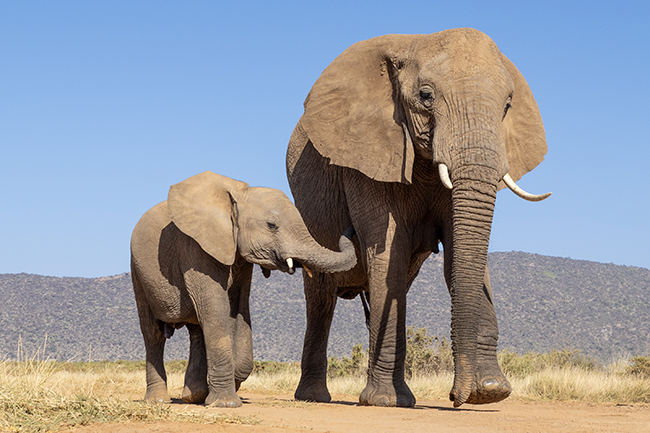
I’ve even started attaching my camera to the end of a monopod, lowering it almost to the ground for some epic perspectives. This technique also works beautifully for sunrise silhouettes, revealing the whole animal—legs and all—against the colourful sky.
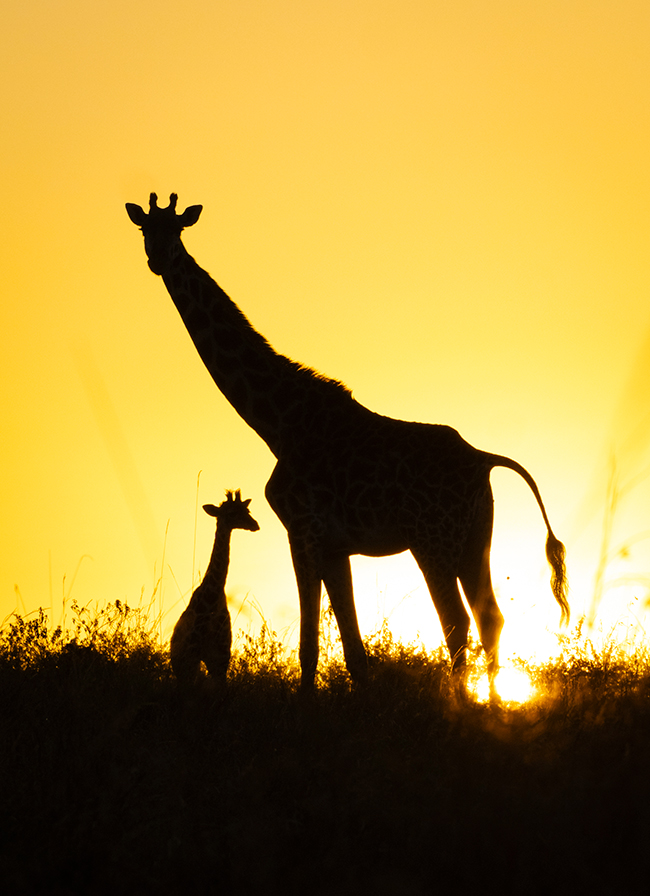
The animal detect AF is a game changer for shooting through long grass too: Where previously the camera would focus on the first thing it saw (the grass) my camera was able to see the jackals through it, making a difficult shot like this surprisingly easy!
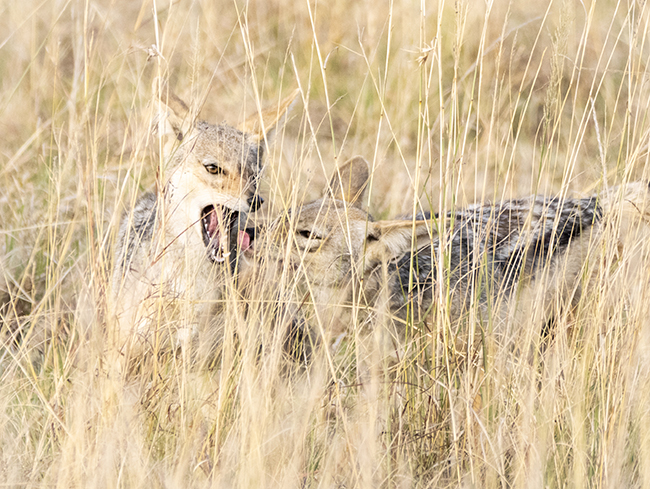
Capturing sharp photos of birds in flight is another classic challenge, especially an eagle streaking down to snatch a fish while you’re in a wobbly canoe! I’ve run photo tours to Kenya 25 times now, and every year we visit Lake Baringo, where African fish eagles abound. I’ve missed thousands of shots here over the years, but this time, with eye-tracking and 60 photos per second, the main problem I faced now was picking which perfectly sharp shot in the set had the best wing position.
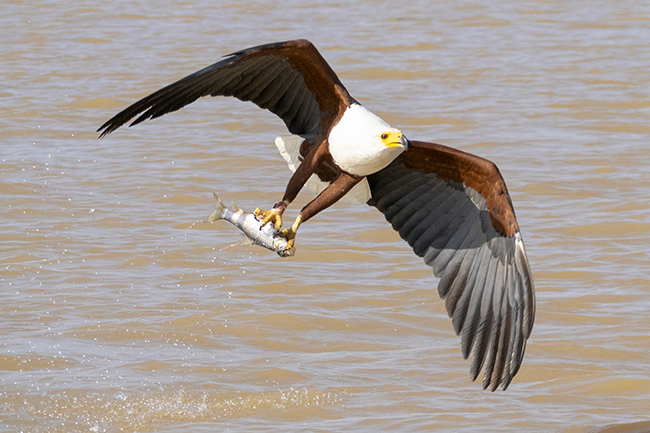
Another diminishing struggle is catching a bird taking off from a perch. More often than not, we all end up with photos of an empty branch! Not anymore. Using pre-burst, I can be chatting settings with a guest, and when the bird finally leaps into the air and disappears – and I hear everyone else groan having just missed it – I casually press the button, and the camera saves all 90 raw photos it’s been perpetually buffering for the preceding 1.5 seconds, including the one with the perfect wing-spread. This feature is also fantastic for other quick, hard-to-time phenomenon including lightning and chameleon tongues!
Low light is not so dark and depressing for wildlife photography anymore either. It’s usually a frustrating balance between high ISO (grainy noise) or slow shutter speed (blurry shots). But with improved ISO performance and sensor stabilisation working with lens stabilisation, my LUMIX lets me shoot at previously unthinkably slow speeds without camera shake and any grain can so easily be removed using AI in post production anyway now it’s amazing. This all came in handy on this last trip when we had one of the best “leopard in a tree” encounters I’ve ever seen, but the light was failing. Thanks to this kind of tech, it turned out beautifully. I couldn’t be happier.
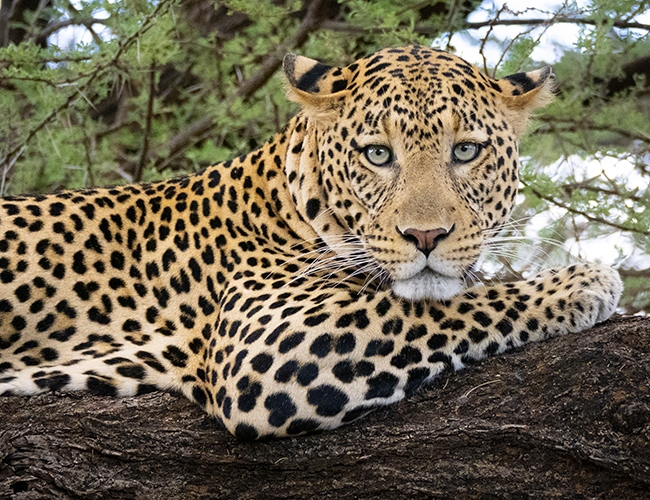
Harsh midday light used to be a pain too, but modern cameras’ dynamic range is a game-changer. During this September tour, we witnessed the birth of a Topi in full sunlight—magic, but very bright. The G9II handled the contrast, capturing both the highlights and shadows. A few adjustments in post-processing, and the memories of this experience look amazing.
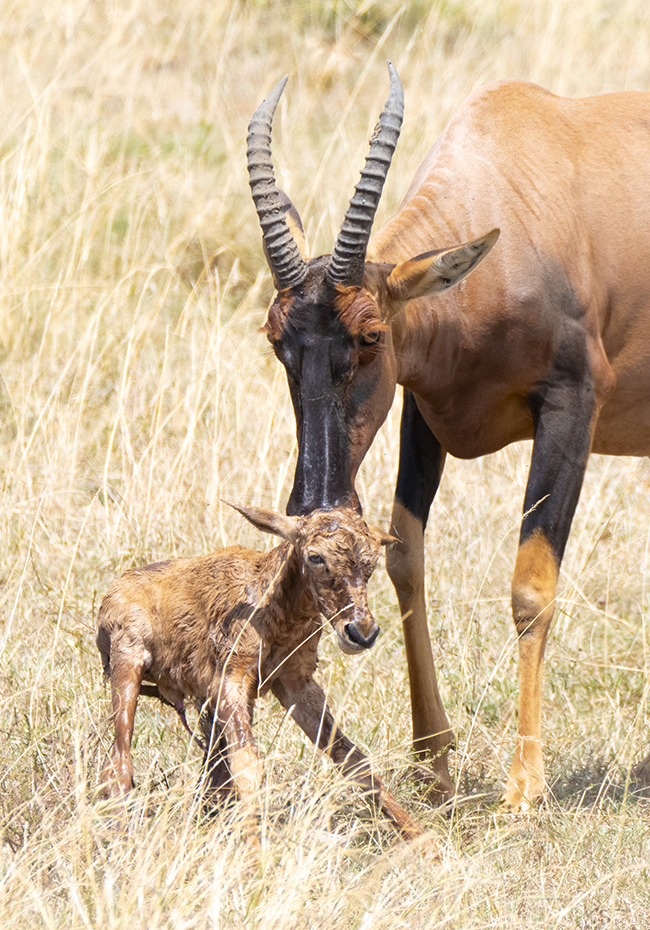
Real-time histograms on mirrorless cameras haven’t lost their novelty for me either. I love being able to adjust exposure in advance to keep scenes bright but without clipping highlights. It makes the old DSLR technique of taking a shot, reviewing the histogram before trying again feel as primitive as getting film developed. Now I shoot exactly as I want it, the first time.
Despite all this wizardry, the classic advice by Jim Richardson remains true: “If you want to be a better photographer, stand in front of more interesting stuff.”
That’s a big reason people join my tours again and again—photography is an excuse to travel, to see new things, to wake up early to catch beautiful lighting, and slow down enough to mindfully appreciate the moments around us. Finding new subjects and learning how to capture them is as enjoyable as reviewing the result – a special memory immortalised in a beautiful photo. You cannot get a AI to generate you a life well lived.
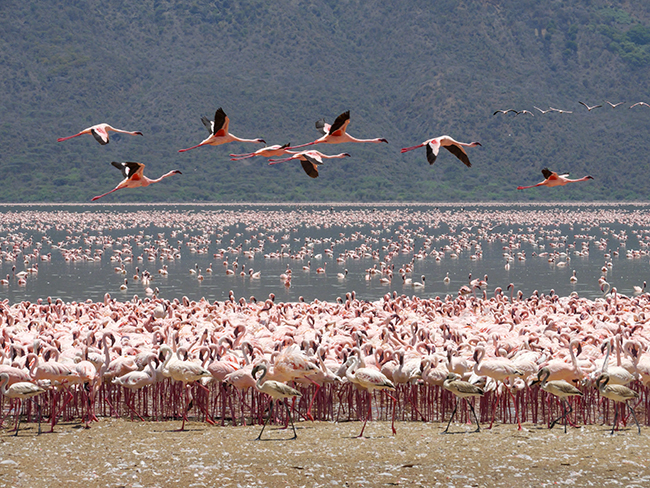
Technology inside the LUMIX G9II makes photography even more accessible, the results more rewarding, and brings previously impossible creativity within reach. The joy does not come from it being hard, but dare I say it, from it being easy. It’s an incredibly exciting time to have a modern, mirrorless camera, and to use it as an excuse to enjoy the world. Come with me to Kenya next September, or any of my other trips around the world to see for yourself.
